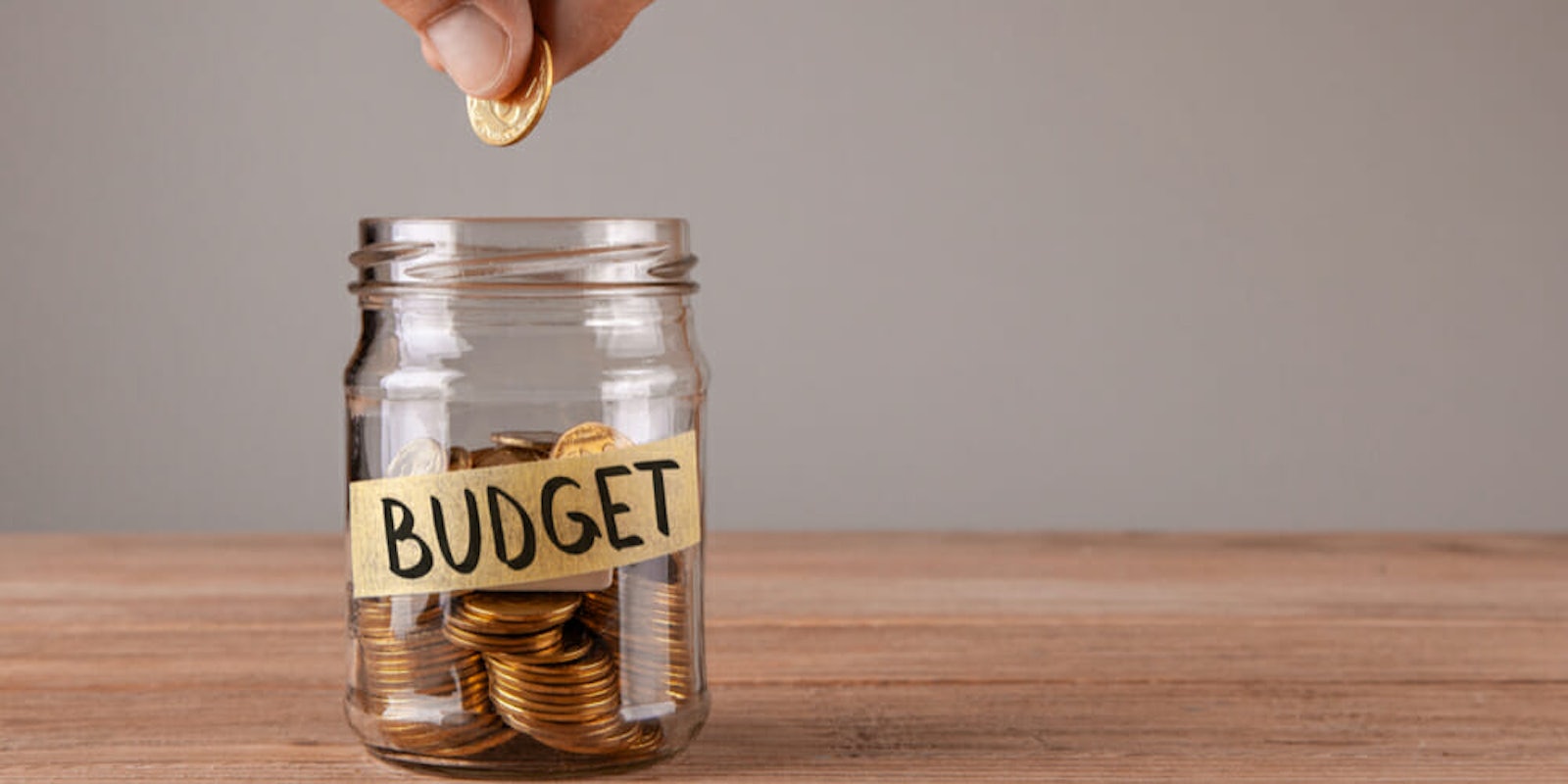In keeping with tradition, another national publication, this time USA Today, published a piece on what “average” Americans are wasting money on, and average Americans are roasting them for it.
The average adult in the USA spends $1,497 a month on nonessential items. All told, that’s roughly $18,000 a year on things we can all do without. https://t.co/KQ8wxFtduQ pic.twitter.com/bpgVj94SaM
— USA TODAY (@USATODAY) May 7, 2019
USA Today tweeted a graphic showing all the different ways Americans are supposedly wasting money on “nonessentials” and it’s raised quite a few questions. For example, one of the non-essential categories is “buying lunch.”
Nono, you’re supposed to make your own PBJs to take to work EVERY DAY.
— Heather McDougal is on Mastodon (@wundergrrl) May 8, 2019
Another non-essential spending category is grooming. $94 a month may seem high, but if you get your hair cut once every month and a half, that’s already $30 at its cheapest. Toothpaste, shampoo, face wash, razors, shaving cream, and makeup all go in that category, too. According to USA Today, grooming is non-essential, nevermind the social and financial consequences of not grooming for work or potential work.
i’m sorry i groom myself. i’ll stop. thanks USA today.
— Sal Gentile (@salgentile) May 8, 2019
Another strange “non-essential” category USA Today highlighted was online shopping. The fact is people buy essential things online. I buy my cat’s prescription dry food online because I can’t get it in a physical store. Many people with disabilities shop online because the physical wear of shopping in a store can be damaging and exhausting. Similarly, rideshare services and taxis are a necessary expense for people who can’t drive themselves and don’t live in areas with reliable public transportation (which is most of the United States). But the infographic says that’s a non-essential expense as well.
https://twitter.com/mattbc/status/1125966097981820929
USA Today: whY ARe YoU sPEndIgn SO mUch mMonYeY
— find me on Cohost @discodeerdiary (@DiscoDeerDiary) May 8, 2019
Like what do they classify as a nonessential item? It seems like it’s all about what are people being “lazy” about? Or things they personally deem as a “convenience.”
— Wander A-Latte (@thewandereredit) May 8, 2019
According to the Census Bureau, 42.87% of Americans make under $25,000 a year. Yet publications like USA Today claim that the “average” American is spending $18,000 on “non-essentials.” The truth behind the “study” cited by USA Today is that it was run by a life insurance company, Ladder. It essentially functions as a chastisement, suggesting that consumers should be spending money on life insurance, not “non-essentials” like food and cable internet access. With that knowledge, it’s no wonder the numbers are so wildly off from the real averages: The goal isn’t better financial literacy, it’s guilting the working class into funneling more money upward.
READ MORE:


